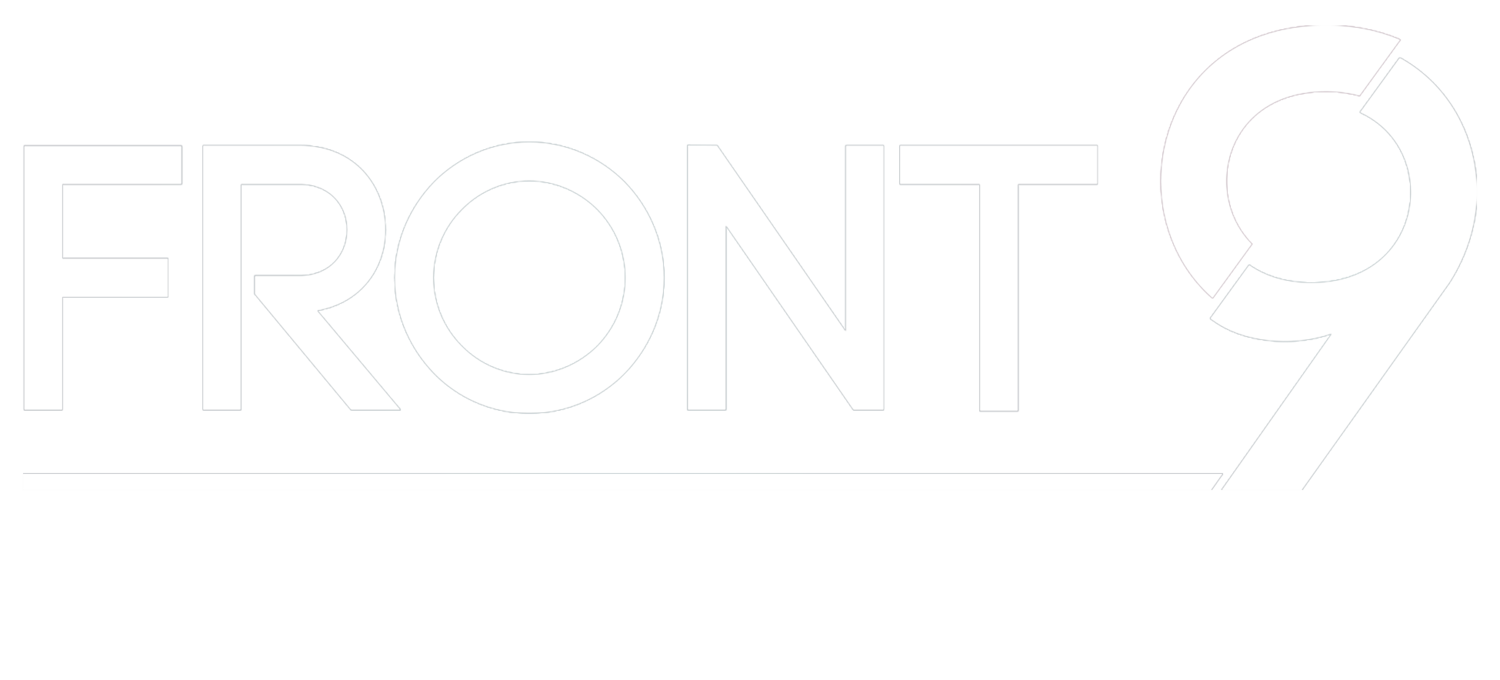Botswana Safari
Makgadikgadi pans
Whilst ‘safari’ is synonymous with the continent of Africa – it is after all derived from the Swahili word for ‘journey’ – with East African countries of Kenya and Tanzania being at the forefront. But now there are many other African countries that offer visitors the chance to go on safari, each with their unique twist.
The Republic of Botswana, just to the north of South Africa, is one such country and what a unique safari experience it offers!
The country is very largely formed within the basin of the Kalahari Desert who sands are up to 150 metres deep and this together with a huge tectonic shift – sorry if I’m going a little technical here – formed the landscape that Botswana inhabits today. The waterways that flowed into a ‘super lake’ could no longer reach the lake, which dried up. This one event formed the huge flat wilderness that is the Makgadikgadi and Nxai pans and also the unique Okavango Delta, whose waters form the only delta in the world that does not reach the sea.
But enough of this Royal Geographic Society stuff.
Botswana can be reached by a flight from either Johannesburg into Maun, the gateway to the Okavango, or into Kasane in the far north-east of the country, a very few miles from where Zambia and Zimbabwe meet at one of the natural wonders of the world – Victoria Falls. But lets take our journey from Maun and head south into the Central Kalahari Game Reserve – in style by light aircraft. The first thing that will strike you is the enormity and flatness of the reserve, which covers 20,000 square miles, the size of Switzerland. So vast that you can see the curvature of the Earth. The beauty of the sunsets and moon rises defy mere words.
The lodges that sparsely dot the landscape here are generally small and offer a personal service, they also blend into their surroundings. Particularly of note are KalaharI Plains Camp and Jack’s Camp. The wildlife here are all superbly adapted to desert living and are not found widely elsewhere in Botswana. Many are nocturnal and are a delight to spot as the sun starts to set; bat eared foxes, aardwolfs and honey badgers to name but three. But this is also lion and cheetah country with plenty of game during the ‘rainy’ season. Small groups, or solitary bull elephants hang out here before making their way north into the Okavango in search of a mate.
Moving northwards via Maun, you’ll catch one of a squadron of Cesna’s, which will take you into the heart of Botswana, the Okavango Delta. The delta floods in the dry season (May to September) and you’ll immediately notice the myriad of clear blue water channels flowing between palm fringed islands, that were tiny hillocks before the water arrived from Angola. The camps and lodges hide themselves on these ‘islands’ and range from just three to ten individual guest suites. Exclusivity is assured. Game viewing here is on foot, in hides, in open topped safari vehicles (maximum six guests per vehicle, many only four), by canoe or boat or balloon. You can even hire a helicopter for a ‘doors off’ experience!
Chitabe Camp
The wildlife migrates to the water and huge herds of elephants, pods of hippos, plains game and predators flock to the life giving Okavango. The animals seem oblivious to the lodges and some of the best sightings can be had from your own decking area. Birdlife is exceptional – my personal tally was 151 species in four days.
Heading further northwards in the direction of Victoria Falls you enter the Linyanti and Savute regions – almost on the Namibian border – of the western Chobe National Park. Here the landscape changes becoming more thickly wooded with mopane trees in abundance. These are especially favoured by elephants where mateing herds of fifty or more can be seen with some huge bull elephants closeby. These woodlands are also the prime hunting areas for ambush predators such as leopard with warthog and impala key prey species.
The lodges in this sector of the Chobe are less numerous that the Okavango Delta but as you move closer to Kasane the lodges become larger and closer together and the boat traffic on the Chobe and Zambezi River busier. Sightings of elephant, Cape buffalo and hippos are great though.
Use Kasane as your exit point to fly back to Johannesburg or cross into Zambia or Zimbabwe and spend a couple of days exploring Victoria Falls. Late April and May are the peak months of flow and coincide nicely with the arrival of the flood into the Okavango and the more moderate temperatures. This is a perfect time to visit.
Whenever you go though Botswana has something to show you – it never disappoints.




